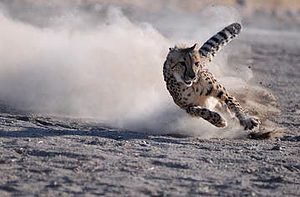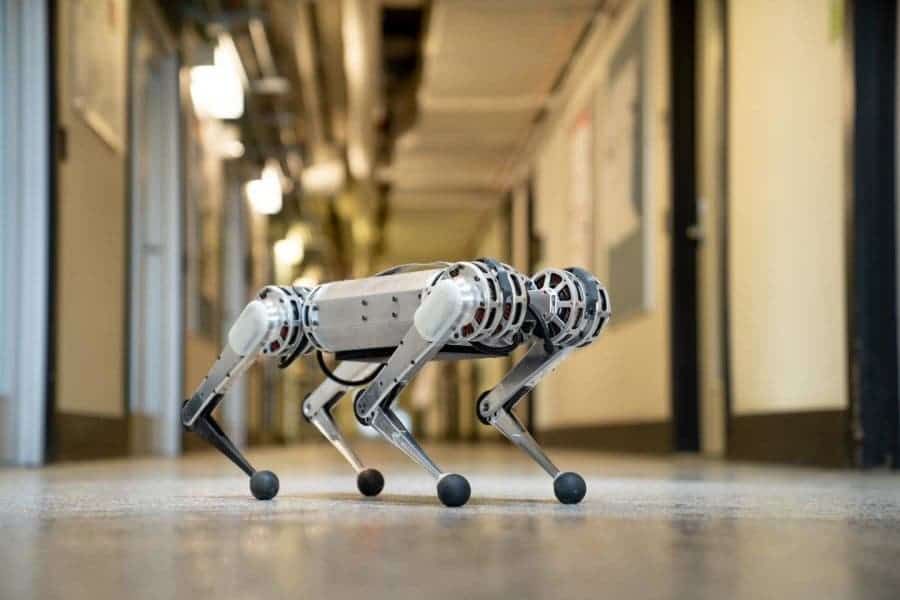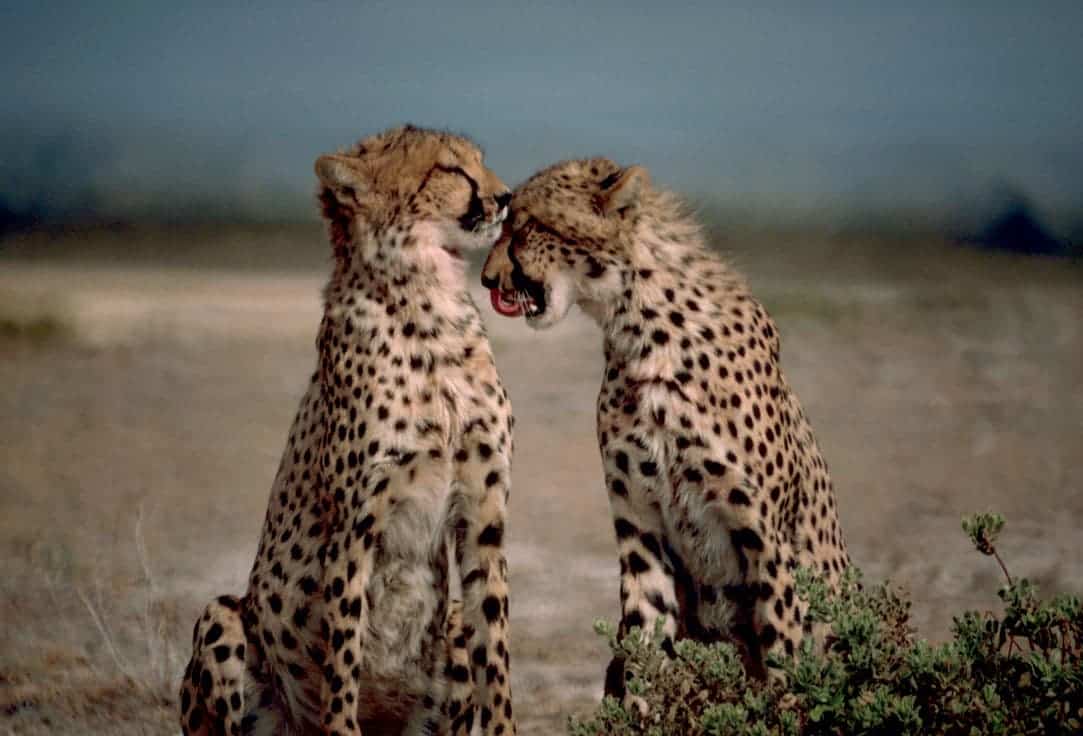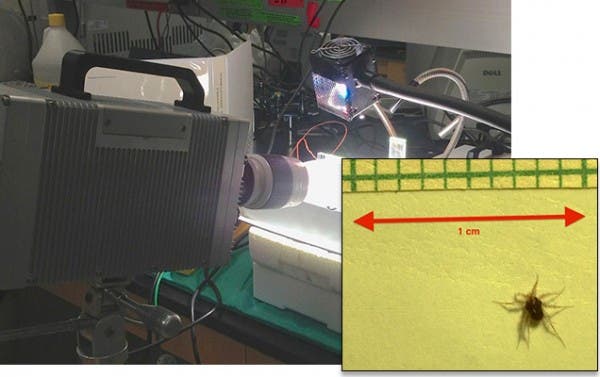
“Cheetahs and greyhounds are known to use a rotary gallop and physically they are remarkably similar, yet there is this bewitching difference in maximum speed of almost a factor of two,” said Alan Wilson from the Royal Veterinary College, UK.
To study the running behavior of cheetahs in detail, the researchers choose to follow captive cheetahs from the ZSL Whipsnade Zoo in the suburbs of London and the Ann van Dyk Cheetah Centre in South Africa. They planted force-measuring plates in the ground and had both cheetahs and grayhounds chase after a piece of chicken.
“Force plates are cosseted, loved pieces of equipment that people don’t generally take outside of the lab and bury in the ground in the English summer,” Wilson chuckled.
High-speed video cameras capable of shooting at 100 frames/second were used to film the animals in motion and measured the force created by the running animal, calibrated with how much it weighed. Surprisingly, trained greyhounds galloped faster than captive cheetahs, clocking up a top speed of 19m/s compared with the cheetahs’ 17.8m/s. That’s a bit above half the speed the cheetah’s are capable of.
However, even though captive cheetahs are only marginally capable of exhibiting the same, extraordinary speeds of their wild counterparts, their running mechanics are relatively the same. The captive cheetahs also were able to change their stride frequency (strides per second) as they reached higher speeds: At 20 mph (32 kph), they took 2.4 strides per second, but at 38 mph (61 kph), they took 3.2 strides per second. The greyhounds, on the other hand, maintained a constant rate of around 3.5 strides per second no matter how fast they ran.
“They have lived in a zoo for several generations and have never had to run to catch food. They have probably never learned to run, particularly,” Wilson said. “The next stage is to try to make measurements in wild cheetahs in the hope of seeing higher speeds.”
The findings were presented in the Journal of Experimental Biology.






